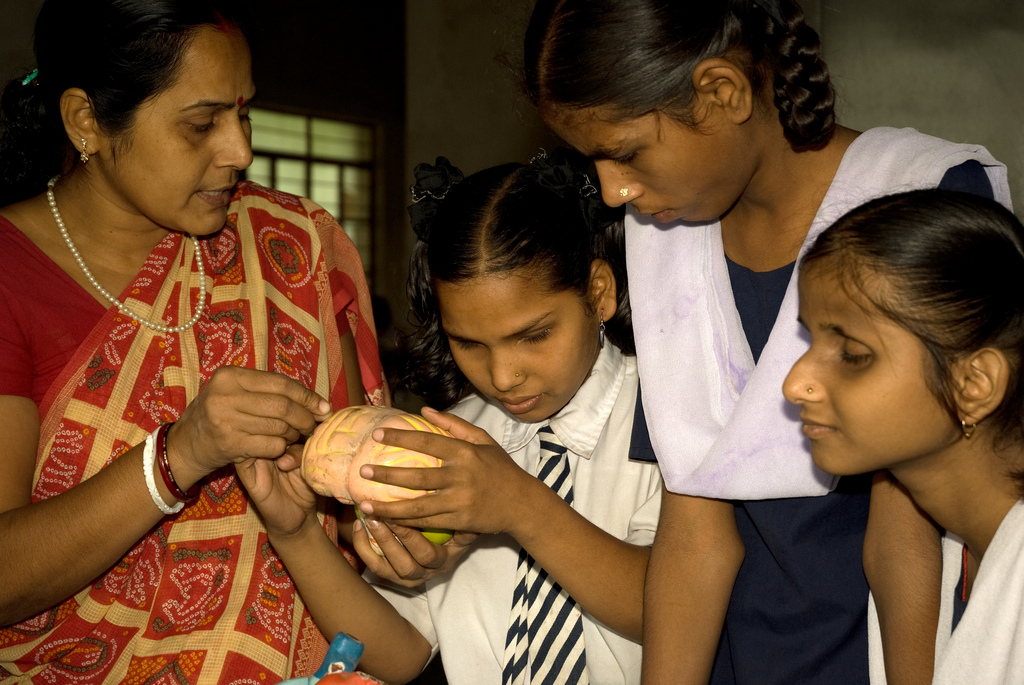One of the problems with history is not how it is written but how it is perceived. Time adds a certain sense of melodrama and stereotype to events. History then acquires a grandeur, a stark monumentality, but somehow the narrative lacks nuance, the sensitivity and vulnerability of genius. As a sociologist who has worked in Bengal for a decade, I always felt Bengal, nationalist Bengal, was more creative and nuanced than it is presented to be. One sees this particularly in the relation between science and nationalism. The debates that Bengal fought embodied a plurality of visions which the nation desperately needs today.
Our nationalism had a confidence, with powerful insights into oppression and liberation. I remember the first great nationalist institution in science, the Indian Association for the Cultivation of Science established by Mahendra Lal Sircar. Few remember its great goal, which was to rescue science from Western civilization. Our nationalism, thus, was not merely an attempt to liberate ourselves from the West but to evaluate it, to reinvent the defeated West. One sees it again and again as we look at science. We wanted to inject into science our own genius. J.C. Bose, for instance, borrowed from Shakta traditions to challenge the dualism of the mechanical and the living. Bose had an acute sense of being an Indian scientist. He realized that one had to take on the mainstream paradigms. He realized the danger was of the West reading you through orientalist eyes and reducing you to an occult or mystical figure. Bose realized that one had to make English science say things it had not said without being marginalized. Bose had that genius which people valued.
I remember a cousin of mine, a physicist, listening to a lecture at Princeton by William Shockley, the inventor of the transistor and a Nobel laureate. Shockley began his lecture by invoking Bose and claiming, “[T]here was Bose and the rest is toilet paper.” I wish some local publisher would republish Patrick Geddes’s biography of Bose to recapture his genius.
In fact, history has little to say about the relation between Bose, the poet, Tagore, and the biologist, Patrick Geddes. They shared a mutual reverence and a curiosity about nature which needs more discussion. The narratives of science and nationalism often become a failure of storytelling. Few know that Tagore wrote a textbook on science and even fewer know that Tagore, Bose and Geddes taught a summer school in science at Darjeeling.
The conversation between Geddes and Tagore also led to a vision of Santiniketan few talk about. The current Santiniketan embodies the aesthetic genius of Tagore. But the original Santiniketan embodied a vision of science that Tagore and Geddes discussed. One gets a whiff of this plan as one reads the Geddes-Tagore letters edited by Bashabi Fraser or Philip Boardman’s biography of Geddes. Geddes and Tagore dreamt not only of rural reconstruction but also of a return to an agricultural view of science. Tagore felt that the dialogue of civilizations would be a dialogue of universities. He argued that this exchange would be between the city science of the West, which sought to dominate nature, and the forest universities, which lived in harmony with nature. It is a pity we have not explored these dialogues or even captured the romance or the romanticism of science that this trio evoked. One forgets that Bose was an inventor par excellence also and one of the scientists who refused to patent his work, genuinely believing that ethically and creatively, science belonged to a commons of knowledge. I cannot resist but relate a story about Tagore’s first visit to Bose’s laboratory. The scientist was not there but Tagore left as his signature a bunch of oleander flowers. This relationship between the three makes C.P. Snow’s idea behind The Two Cultures an illiteracy. Nationalist science was interdisciplinary and cross-cultural in a way we cannot imagine today.
Tagore helped create an aesthetic of technology. His debates with Gandhi on khadi are critical. Gandhi saw khadi as transforming the village but Tagore warned that a mechanical use of khadi would create a uniform dullness. Tagore’s sense of the aesthetic went beyond function because he wanted to inject an aesthetic and an erotic into technology.
The debates between Prafulla Chandra Ray and Ananda Coomaraswamy, the geologist and the art critic, are also relevant. Ray warned about the impact of synthetic chemistry, claiming its power stemmed from the tapas of German scientists. Coomaraswamy warned that chemistry had no balancing ethic, that it would create an industrialization of colour: a standardized red for madder, replacing the infinite variety of red that was available in the villages.
Ray himself was a folklore figure. One can invoke a pantheon of stories about the chemist who was a great swadeshi scientist. In fact, Ray’s Life and Experiences of a Bengali Chemist is a literal embodiment of a life in science. The two volumes have nothing private or personal in them. The book is an attempt to show how science creates public knowledge. The whole narrative is written as a scientific experiment with Ray’s life as a test tube, creating a scientific method. Ray realized the importance of a swadeshi science and was among those most committed to a Gandhian way of life. His was an ascetic life and an ascetic style of science. I remember a leading scientist who had gone to visit the University College of Science and Technology. He landed up one evening, found it deserted except for an old man in a corner. Thinking he was the chowkidar, he asked about Ray, to discover that the old man was Ray himself. Ray brought to life and science a simplicity that was stunning.
A perfect contrast to the vision of Ray was Meghnad Saha. An astrophysicist, a brilliant scientist, Saha was tired of politicians who had no sense of the possibilities of science. It was Saha who was the greatest advocate of a Leninist style of planning and it was Saha who persuaded Subhas Bose to set up national planning committees. He also edited Science and Culture, one of the great science policy journals. Science and Culture comprised a wonderful network of intellectuals which included P.C. Mahalanobis, N.K. Bose and D.M. Bose, all of whom combined in their individualistic ways to create a society based on the scientific method. The prolific Saha worked on everything from dams to calendrical reform. He was quick to express his disappointment with Nehru and got elected to Parliament to challenge him. One can hardly dream of that kind of vision and commitment today.
One can retail story after story about this period, celebrating Satyendra Nath Bose or P.C. Mahalanobis, but what one wants to emphasize is the different styles of science and the varied dreams of it that the Bengal of that time possessed. There was a playfulness, a plurality, a sense of dream and ideals, an availability of eccentricity and creativity one misses today. The stories once popular are quietly fading. One wishes Bengal was better served by its historians of science. At least one would like to propose a museum of photography, stories, technologies as a tribute to this generation. We sadly have a regime that talks of ancient science idiotically but ignores the neighbourhoods of genius just before Independence. Surely this generation deserves the storyteller and his tales of a great and creative science.
The author is an academic associated with Compost Heap, a network pursuing alternative imaginations












